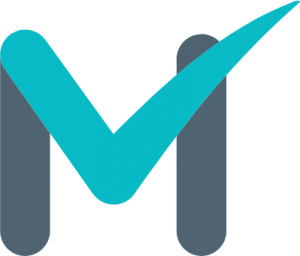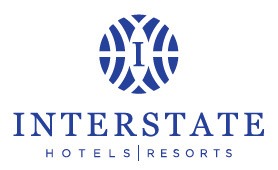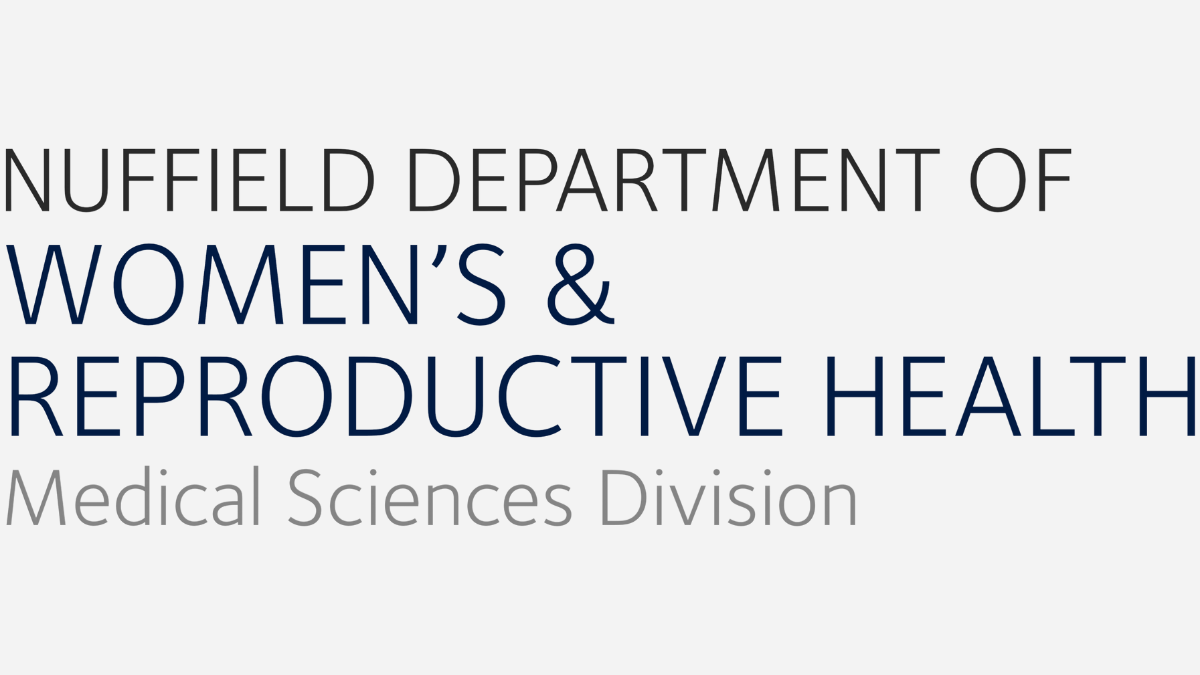How to assess team fit more accurately

We have all seen hiring managers discount a technically qualified candidate who, they say, does not fit with the team. From an HR perspective this is a difficult statement to refute.
Team fit is important and, arguably, the best judge of team fit is the team leader and not the recruiting department. While many other competencies can be measured objectively, team fit is one that is best left to gut feel. Or is it?
Here, we propose a three-step process that will help you assess team fit more accurately.
Step 1: Determine the level of collaboration required
A good beginning is to take a step back and determine what level of collaboration is really required, what team fit means in your company or department and, thus, to what extent team fit is a deal breaker. This also ensures that you assess team fit in a way that relates to the actual job demands.
A software development company that I worked with was able to show that teams who collaborated at a high level were more productive and more likely to reach release deadlines than those who did not. They found that managers who ran high performing teams had regular meetings where they openly discussed technical problems encountered by each team member and brainstormed solutions.
Consequently, candidates for software development roles were asked specific questions about their collaborative efforts in past jobs and about how they helped their colleagues resolve issues. The quality of hire improved when this objective assessment of team fit was applied.
The same business case for team fit could not be made in inside sales where the sales reps tended to be quite independent and past efforts to encourage cross selling and opportunity sharing had been shunned, especially by high performers.
As a result, sales managers were discouraged from using team fit as a catch-all to rule out candidates they personally didn’t like.
Step 2: Probe the past
One recommendation we make in our Effective Interviews and Selection Seminar to help interviewers get an accurate picture of team fit is to ask a simple question:
In your last job, tell me about your team’s greatest accomplishment.
Of course, like most questions, using probes is critical to determine the candidate’s true team behaviour:
What role did you play?
How did you interact with others?
Tell me about some of the obstacles that you and your team members needed to overcome.
What do you believe were the key reasons the project succeeded?
A great follow-up to that question could be:
In your last job, tell me about a time your team was unable to deliver on a specific goal.
And follow through with the same probes. This ensures that the candidate’s work behaviours fit with the team.
Step 3: Use team comparison reports generated by the McQuaig Psychometric System
The axiom that mangers hire in their own image can lead to teams that lack the diversity of talents needed to address a changing market place.
The McQuaig Comparison Graph Report, available to all McQuaig clients, can give you a “snapshot” of the personalities a team has in place.
A Team Composite can also provide a visual overview of the “personality” of a functional or dysfunctional team, which of course has applications for training and hiring.
About the Author:
Michael Gravelle is a consultant for The McQuaig Institute. In addition to being featured in The Globe & Mail and Profit Magazine, he has written numerous articles on selection and assessment for such publications as The HR Professional, The Canadian Retailer and The HR Reporter.
For more information about our Effective Interviews and Selection Workshop click here https://mcquaig.co.uk/psychometric-training/development/effective-interviews-selction/ For help creating a Comparison Graph Report or a Team Composite contact us on hello@weareholst.com or call 0203 111 9292.












